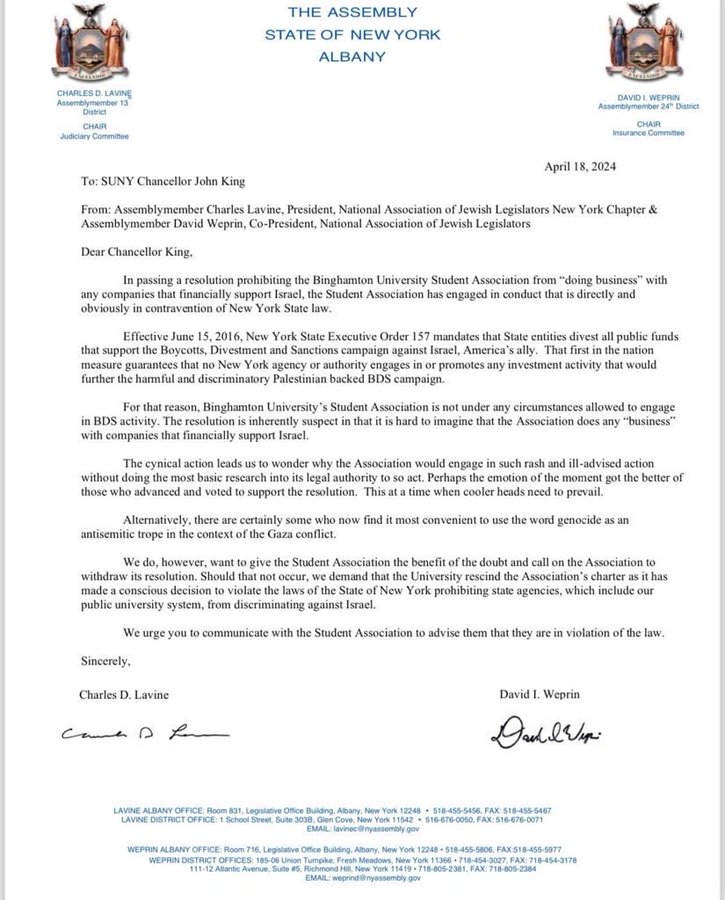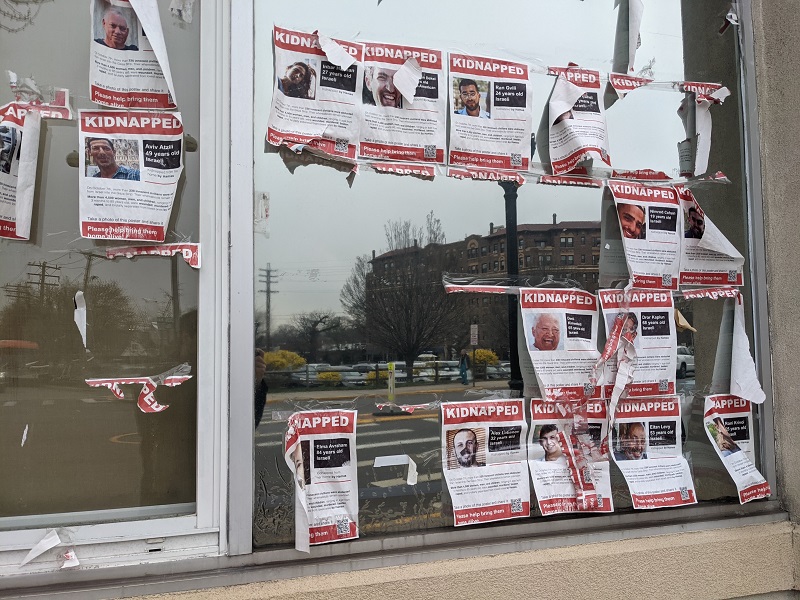I read Cixin Liu’s Hugo-winning novel The Three-Body Problem in 2016. I liked it, but I thought it was unfilmable. It’s a dense story with many philosophical asides, deep scientific digressions and not much outright action.
But, evidently, I was wrong. There have been two TV versions: a 2023 Chinese adaptation (30 episodes!), available on Peacock in the U.S., and an eight-episode American adaptation released on Netflix in 2024. Here’s my review of the American version.
During China’s Cultural Revolution, a physics prodigy named Ye Wenjie watches her father beaten to death by a mob of Red Guards for the crime of teaching ideologically suspect Western science like the theory of relativity. Ye Wenjie herself is sent to a prison camp, but the Communist government eventually realizes it can use her talents and assigns her to a top-secret project called Red Coast.
Red Coast, she eventually finds out, is an attempt to establish contact with extraterrestrials, under the assumption that they’re more advanced and any human nation which allies with them will gain an unbeatable advantage over rivals.
Much to her surprise, Ye Wenjie does make contact. But the message she receives is from an alien being who identifies themselves as a pacifist on their home planet and urges her not to send any more broadcasts, lest their species pinpoint Earth’s location and come to invade. Bitterly disillusioned by the savagery of humanity, she sends the message anyway.
Decades later, in the present day, science has stopped working. All over the world, particle accelerators start giving random and nonsensical results. Well-established experimental results become impossible to replicate. It’s as if the laws of physics are breaking down. Prominent scientists are committing suicide in apparent despair.
At the same time, highly placed individuals are getting invitations to play a mysterious virtual-reality game. It’s set on a planet where the climate swings wildly from ice age to molten inferno, causing massive disasters that keep resetting civilization to square one. The game challenges players to figure out the pattern and preserve civilization for the next go-round.
It’s hard to talk about the series in more depth without giving away the plot, so consider yourself warned. Spoilers ahead!
Spoiler section
I like to think of Three-Body Problem as the world’s biggest Scooby-Doo episode.
It’s easy to guess that the VR game represents reality. An alien civilization, the Trisolarans (in the book) or San-Ti (in the TV series), live in a solar system near ours. Their system has three stars, which makes it inherently chaotic. It’s only a matter of time before their planet is ejected into space to freeze or plunged into one of its suns.
When the San-Ti find out about Earth, they make plans to claim it for themselves. Despite the catastrophes they’ve suffered, their science is more advanced than ours. They can “unfold” protons into higher dimensions, turning them into sentient supercomputers called sophons. Their invasion fleet won’t arrive for four hundred years, but they’ve sent the sophons ahead to disrupt fundamental science experiments, with the goal of preventing further advancement so humans have no chance of resisting them when they get here.
Changes for the better and for the worse
As is par for the course, the American TV show Hollywoodized the book, splitting one main character into several and adding a love triangle that didn’t exist in the original. I don’t mind character development, but I don’t think they did enough with it to justify most of the changes.
That’s especially true of the will-they-or-won’t-they subplot between Jin Cheng and Will Downing. It doesn’t end up mattering, and could have been dropped without impacting the plot. The same goes for Saul Durand, who’s in every episode but has nothing important to do until the very last one.
The series also suffers from poor pacing. After episode five, in which the San-Ti make their existence known to the world, it slows to a crawl. Two entire episodes consist of little other than people sitting in rooms and talking, without advancing the plot at all. In a series that’s only eight episodes, this is a lot of wasted time. (It makes me wonder if they used up their special-effects budget and had to film lots of talky scenes to fill screen time.)
Also, the series omits one of the book’s most provocative ideas: that every group, given time, will start warring amongst themselves. Even the ETO, the aliens’ cult/fifth column on Earth, is riven by dissension between two factions: the Adventists – who believe humans need the guiding hand of a wiser species and want them to rule us – and the Redemptionists – who believe humanity is beyond help and want them to wipe us out.
On the other hand, the depiction of the Cultural Revolution scenes was excellent, realistically disturbing. It goes a long way toward making you sympathize with Ye Wenjie’s point of view. The 3-Body VR game was also done very well, including the scene (taken straight from the book) with a human computer made up of millions of (simulated) people holding colored flags, assembled in an attempt to mathematically predict the planet’s chaotic orbit.
The series also improves on some things the book skims over. A case in point is the depiction of the book’s most cinematically gruesome scene.
The ETO cult’s base is on a converted oil tanker that circles the globe. An alliance of international spy agencies wants to retrieve whatever data about the aliens they have on board. The solution they come up with is a net of invisible, super-strong nanowire to slice the ship into pieces, killing everyone on board before they realize what’s happening, so they have no chance to delete the data.
The TV series leans into the moral ambiguity of this plan, showing children and other innocents on board the ship just before the fatal moment. It emphasizes how Dr. Auggie Salazar, the inventor of the nanowire, is crippled with PTSD afterward from the knowledge of what her work was used for. (That said, they play up the destruction for TV – the ship explodes so spectacularly that it makes you wonder why they chose this as the cleanest method.)
As in the book, the best character was the cynical and hard-nosed police officer Clarence Shi, played by Benedict Wong. He’s often the only one who sees through the San-Ti’s psychological warfare, because of his built-in suspicion and tendency to look for deception, rather than the scientist’s mindset of good faith. My favorite line from the book was preserved for the TV series: when the San-Ti send humanity a contemptuous message – “You are bugs!” – he points out that bugs keep on surviving in spite of everything humans have tried to exterminate them.
Like the first book, the series ends on a bleak note. The alien fleet is still hundreds of years away, and we know what their plan is, but we stand no chance against them. Despite the adaptation’s missteps, the underlying material is solid enough to carry them through. If this doesn’t become another of Netflix’s one-season casualties, I’d watch another season that concludes the story.






